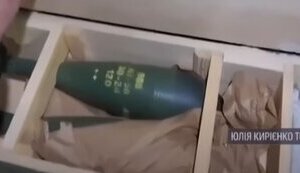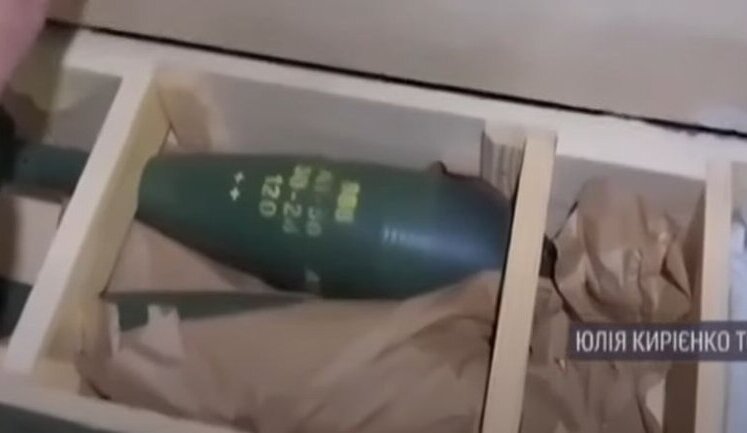Herman Smetanin, head of Ukraine's Ministry of Strategic Industry, has announced ambitious plans to boost the country's defense capabilities. The ministry aims to produce up to 10 million FPV drones annually, a critical step as Ukraine seeks to enhance its military readiness. Smetanin's leadership is pivotal as Ukraine addresses issues like the supply of defective mines, which have raised concerns in the Armed Forces. With a focus on innovation and quality, Smetanin is steering the ministry to not only meet but exceed defense production goals, aiming for a $30 billion output in 2025. This growth is essential for Ukraine's strategic military positioning.
What are Herman Smetanin's plans for FPV drone production in Ukraine?
Herman Smetanin, Ukraine's Minister of Strategic Industry, plans to increase FPV drone production to up to 10 million units annually. This move is intended to strengthen Ukraine's military capabilities and ensure technological advancement within the defense sector.
How is the Ministry of Strategic Industry addressing the issue of defective mines?
The Ministry, under Herman Smetanin, is reportedly working on replacing a portion of the defective mines. It includes process improvements like soaking gunpowder in water to enhance quality. Despite these efforts, the supply of defective mines remains a challenge for Smetanin’s ministry.
What significant agreements have been made by Ukroboronprom under Smetanin's oversight?
Ukroboronprom, under Herman Smetanin's leadership, has pursued international cooperation, including agreements with Lithuanian defense companies. These partnerships aim to enhance Ukraine's defense production capabilities through shared expertise and resources.
What is the projected defense production goal for Ukraine in 2025?
Under Herman Smetanin's leadership, Ukraine aims to increase its defense production capacity to $30 billion by the end of 2025. This ambitious target is part of a broader strategy to fortify Ukraine's military strength amid growing regional tensions.
How does Herman Smetanin's role impact Ukraine's strategic industries?
As the head of the Ministry of Strategic Industry, Herman Smetanin plays a crucial role in shaping Ukraine's defense infrastructure. His leadership focuses on enhancing production efficiency, technological innovation, and addressing quality issues within the industry, thus reinforcing Ukraine's defense strategies.
























